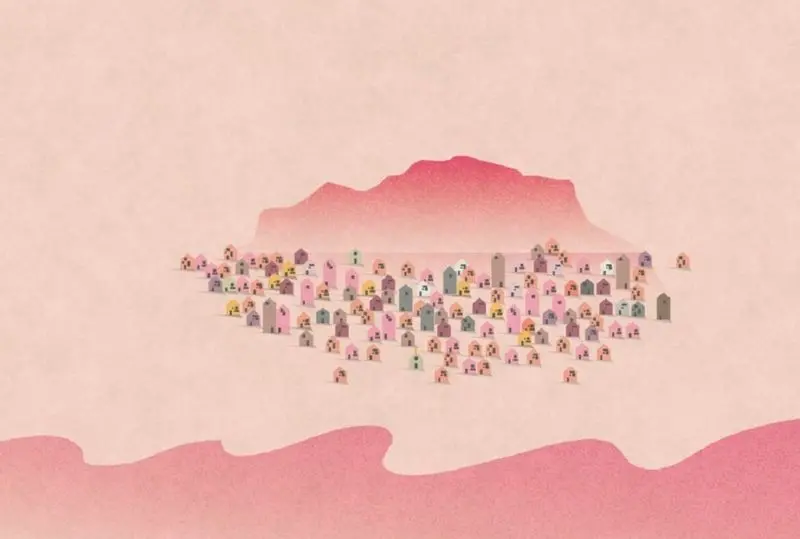The centre of Palermo
The player, taking control of little Gaetano, is catapulted into a colourful and pleasure-loving city in search of street food delicacies. These are intrinsically linked to local history, the many foreign regimes that have ruled the city over the centuries, and the multiculturalism of the locals and their traditions. It is a ‘story of food and transformation’ that starts at the Church of Santa Maria dell’Ammiraglio, also known as the Church of the Martorana: this is an iconic point of departure, which has come to symbolise the city’s cultural rebirth, above all in recent years. The three Arab domes of the adjacent Church of San Cataldo provide the backdrop to the story behind one particular type of sweet, frutta martorana (small marzipan pieces of fruit, made from what is also known as ‘royal paste’): according to this pleasant little anecdote, in preparation for a visit from the Pope, a local group of nuns once diligently used these sweets to decorate the trees of a small garden. The itinerary continues from Piazza Bellini along the Cassaro with its wide walkways: this long road, which leads right down to the sea, has, since the onset of the modern age and the days of Spanish rule, been the perfect place to buy jewellery and expensive clothing. Gilded decorations and clothing always appear in Palermo whenever there is a public holiday or feast, and we find the same golden hue in other traditional morsels: pannelle (chickpea fritters) and arancine (friend rice balls). These two delicacies introduce us to the Church of S.Giovanni degli Eremiti and the ferry, respectively. The former is an austere place of Arab-Norman construction, while the latter is particularly symbolic for an island like Sicily, with connotations of all those who have left the island over the centuries in search of their fortunes and all those who have lovingly come running back into its arms. The sea on which the ferry bobs is also a treasure trove of bounties, which have always been close to the people of Palermo’s hearts: on the beaches of Mondello, in the shadow of Mount Pellegrino, and along the shores of Sferracavallo, trying octopus is a must; it is cooked in different ways, but every dish is geared at heightening the thrill of lucky patrons.


